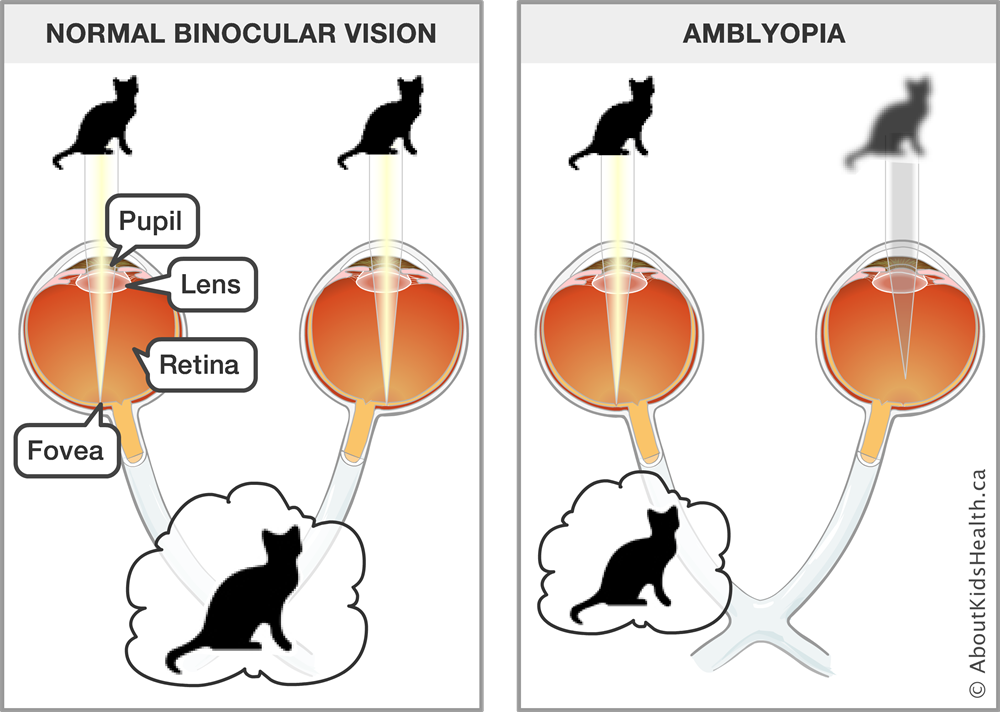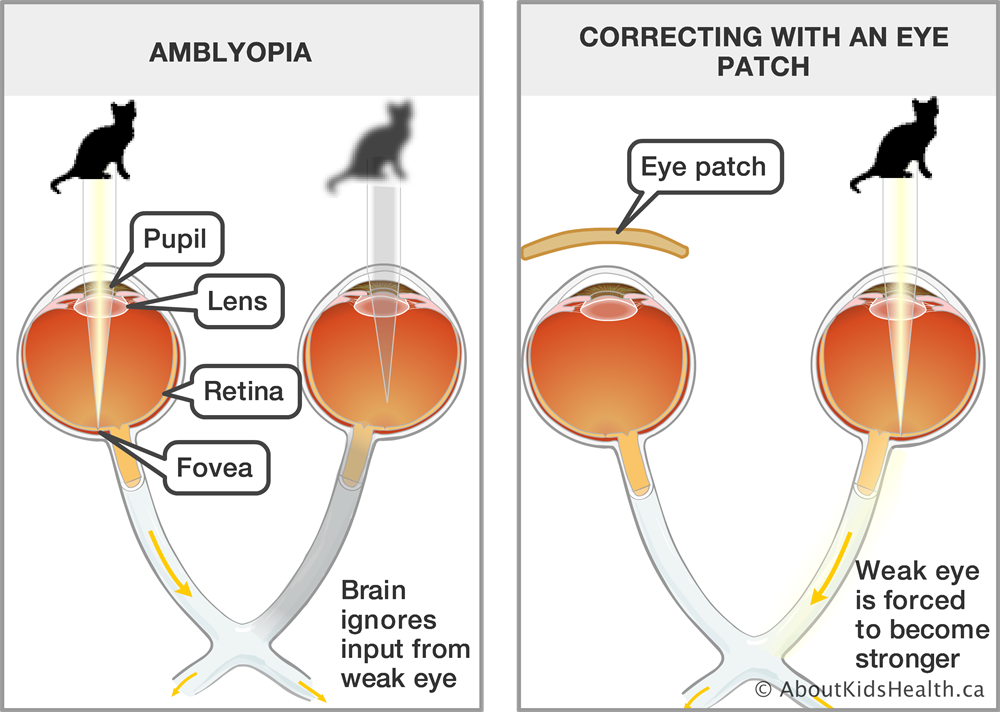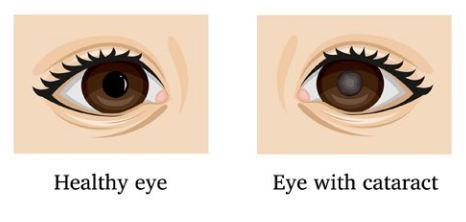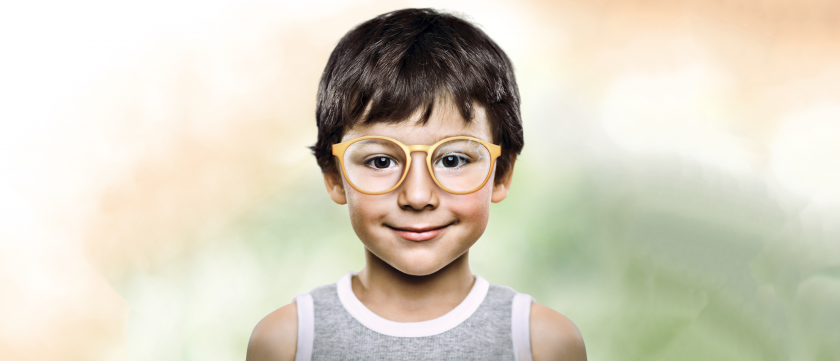
What is Lazy eye?
Lazy eyes, also known as Amblyopia, is an eye condition whereby one eye is weaker. It usually only affect one eye. The weaker eye might look normal, however, it has poorer vision.
Amblyopia typically occurs in infants or during early childhood
Symptoms of Lazy eye (Amblyopia)
- Blurry vision
- Squint (Eye turn either outwards, inwards, upwards or downwards)
- Poor depth perception
- Head tilt
Causes of Lazy eye (Amblyopia)
It can be caused by:
- Strabismus
- Refractive errors
- Obstruction along line of sight
Strabismus

- Strabismus is the misalignment of the eyes. One eye may be looking straight while the other eye turns either outwards, inwards, upwards or downwards.
- This can cause the child to see double image which is uncomfortable for the child
- In order to avoid seeing double images, the brain will ignore the image of the eye which is not looking straight (suppression of the weaker eye).
- However, the suppressed eye will not be able to develop properly. Hence, poor vision on the weaker eye.
Refractive error

- The child may have either myopia (click here to understand more about myopia control), hyperopia or astigmatism that is worse on one eye (Anisometropia). This means that one of the eye is seeing a blurrier image than the other eye. Therefore, the child can be using the better eye to see and ignore the eye that is experiencing a blurry vision.
- This can cause the vision of the weaker eye to not be able to develop properly.
Obstruction along line of sight
- It can be caused by cataract (click here to know more about cataract), droopy eyelids, opacities on the cornea and more in children during the early part of their life.
- These conditions can block or blur the child’s vision which prevent the eyes from developing properly.
When to start treatment for Lazy eye (Amblyopia)?
Amblyopia in children often get overlooked if only one eye gets affected. If your child have lazy eye and it is not treated until your child is a teen or reach adulthood, the outcome after treatment will be less successful. Studies have shown that children younger than the age of 7 are more responsive to amblyopia treatment while children aged from 7 to 13 years old are less responsive (Holmes J.M. et al. 2011).
Hence, it is important to treat lazy eye early. The earlier lazy eye is diagnosed and treated, the higher the rate of success.
If left untreated, the amblyopic eye may not have good vision and may even be functionally blind. Therefore, it is important for your child to under go eye examination when they are 3 years old and above. It is recommended for your child to have a comprehensive eye examination annually.
In most cases, proper treatments can improve vision within weeks to months. However, the chances of recurrence of amblyopia is 25%. Therefore, it is important to monitor your child even after recovery from amblyopia (Holmes J.M. et al. 2007).
Treatment of Lazy eye (Amblyopia)
The first line of treatment for lazy eye is spectacle correction. Your child will be monitored every 6 weeks on a regular basis for any improvement in the vision. Eye patching, eye drops (Atropine) or vision therapy will be done if spectacle correction is unable to improve the vision. Your child might need surgery if he/she have cataract or droopy eyelids. If your child have squint which continues even after other treatments, he/she might need to undergo strabismic surgery to straighten the eyes.
| Amblyopia caused by: | Treatment |
| Refractive error | Wear spectacles Eye patching Eye drops (Atropine) |
| Obstruction along line of sight Eg. Cataract, Droopy eyelids | Surgery (Eg, to remove cataract) Eye patching Eye drops (Atropine) |
| Strabismus | Wearing spectacles Vision therapy Eye patching Eye drops (Atropine) Strabismic surgery (To re-align the eye) |
Eye patching

Eye patching is one of the method to treat amblyopia. An eye patch is place over the better seeing eye to stimulate the weaker eye. The duration of patching depends on the severity of the amblyopia. Research have shown that the effectivenss of eye patching and usage of eye drops (Atropine) is similar (Beck R. et al. 2002).
Eye drops (Atropine)
Another alternative another than eye patching, will be using Atropine eye drops on the stronger eye. This eye drop will weaken the focusing system of the eye so that the stronger eye now perceive a blurry vision. Hence, the brain will use the image on the weaker eye rather than the stronger eye.
Atropine is typically use if eye patching is unsuccessful despite the child’s cooperation or the child is unable to wear an eye patch.
Lazy eye check up for your child @ Evershine Optical
If you are unsure whether your child has amblyopia, visit us at Evershine Optical. Our optometrists at Evershine Optical will conduct a comprehensive eye examination for your child. The eye examination includes:
- Refraction test
- To check eye power for both distance and near
- Eye health check
- To assess the health of the front and back part of the eyes
- Binocular Vision test
- To check the alignment, strength, flexibility and focusing ability of the eyes
If your child has amblyopia, we will find out what is the cause of it through a comprehensive eye examination. We will write a referral letter and refer you to see an eye specialist if your child have amblyopia due to obstruction along line of sight (cataract or droopy eyelids). Otherwise, we will prescribe either spectacles or contact lenses for your child. There will be a follow-up session every 6 weeks for us to monitor your child to see if there is any improvement in the vision.
However, if correcting their refractive error did not improve their vision, penalization of the better eye will be needed. This will be done by either patching using an eye patch or blurring the better eye by using atropine eye drops (not available in Evershine Optical).
If you notice your child have squint, poor depth perception, head tilt or eyes seems to be not working together, book an appointment with Evershine Optical for a comprehensive eye examination.
References
- Beck R, Birch E, Cole S. et al. A randomized trial of atropine versus patching for treatment of moderate amblyopia in children. JAMA Ophthalmology. 120(3):268-78.
- Holmes J.M, Lazar E.L, Melia B.M. et al. (2011). Effect of Age on Response to Amblyopia Treatment in Children. JAMA Ophthalmology, 129(11), 1451-1457.
- Holmes J.M, Melia M, Bradfield Y.S. et al. (2007). Factors Associated with Recurrence of Amblyopia on Cessation of Patching. NCBI, 114(8), 1427-1432.



